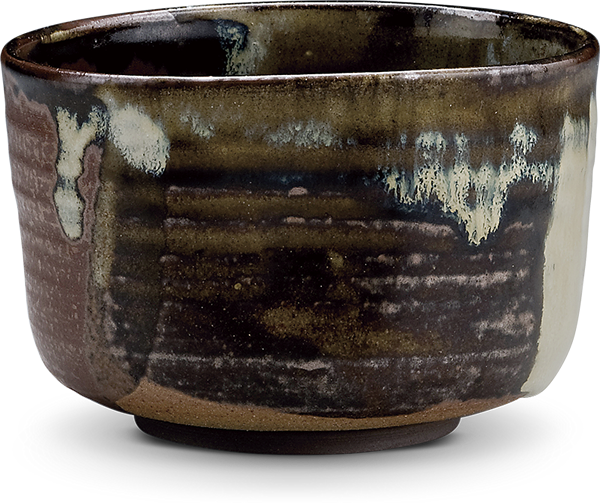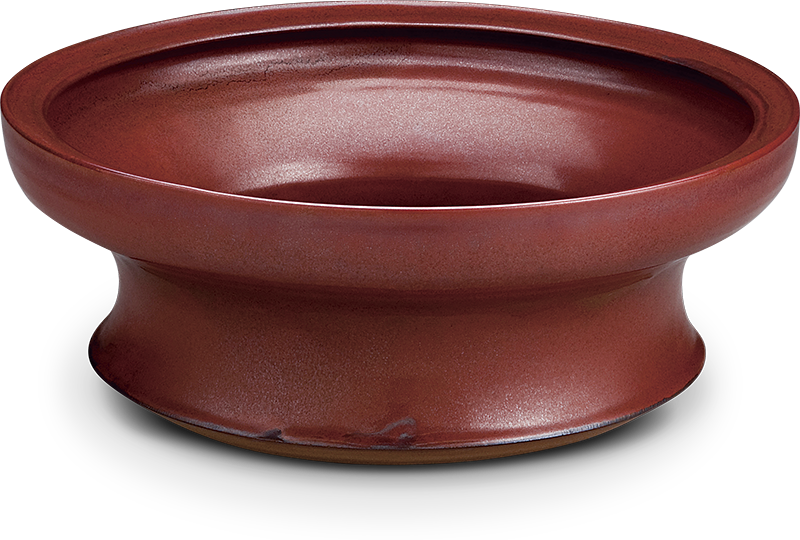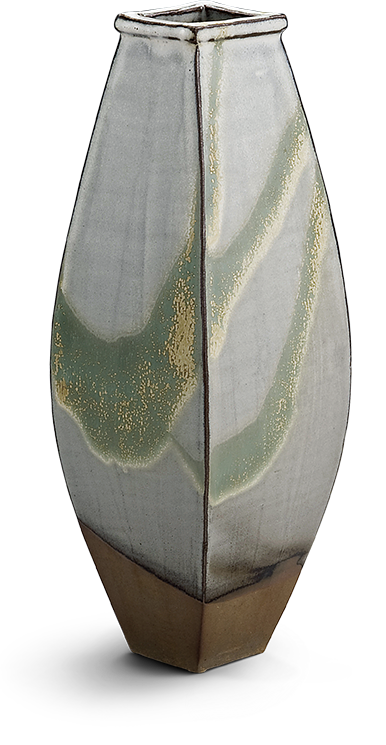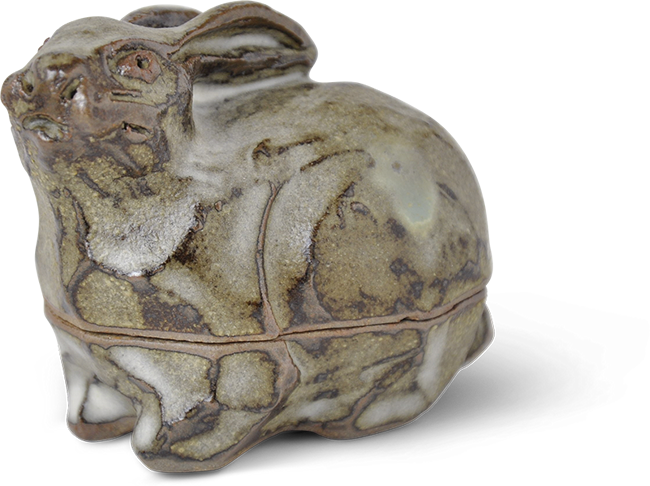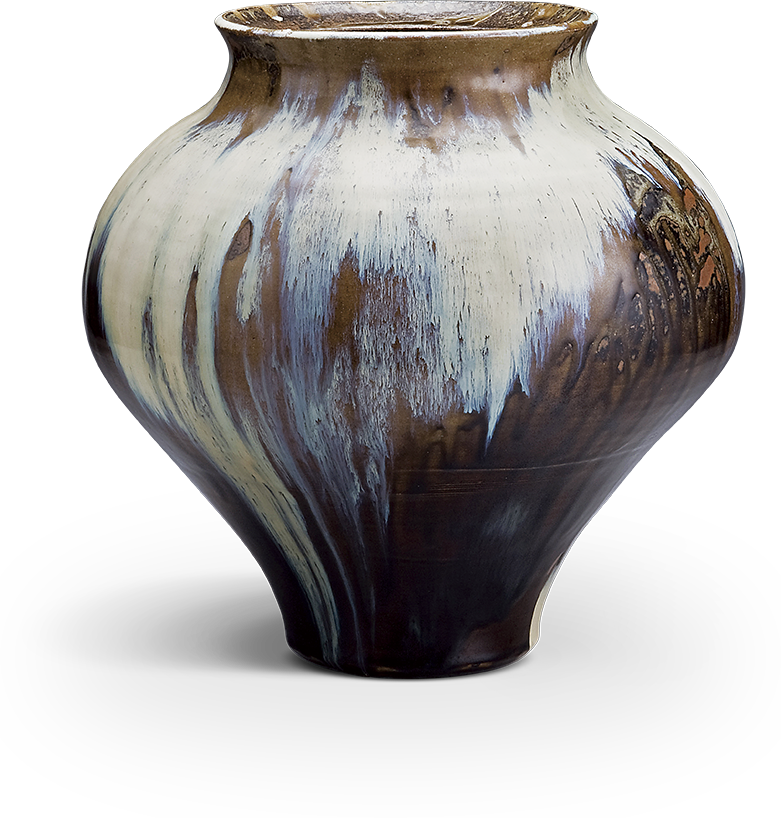Welcome is the first component of the Japanese tradition. The delicate, restoring and poetic sharing of tea remains one of the few major emblems of everyday life in Japan. Staged during the tea ceremony, it is called Sado or Chyanoyu. Tea itself is only a part of the event. Japanese gardens, lowers, music, space itself take a very important part in it. Each element must be in the right spot in order to reach the harmony of the place. To accumulate and to pass on knowledge in ceramics, flower arranging (ikebana), painting, poetry (haiku), Zen garden, is a requirement during this occasion.
This simple and raw beauty is expressed by two words in Japanese: Wabi 侘 and Sabi 寂. They describe a state of sobriety, simplicity and bareness of the superfluous. In this spirit, the master of ceremony must show mastery of the environment and the aesthetic of the chosen ceramics in order to rise to the rank of art the tea ceremony. The tea master is directly involved in the choice of colors and ceramics shapes of tea bowls, jars, and vases, etc. They are thus considered as life objects.
